In late September, Santa Clara announced the signing of guard Thierry Darlan from the Central African Republic. It was the kind of mundane move that would ordinarily go unnoticed across college basketball, except for one unprecedented detail.
Darlan spent the previous two years in the G League, first with the now-defunct G League Ignite and then with the Delaware Blue Coats and Rip City Remix.
Advertisement
When Darlan makes his Santa Clara debut next month, he will become the first G League alum to play college basketball. The 21-year-old is listed as a junior on Santa Clara’s roster and will have two seasons of college eligibility.
The NCAA’s decision to allow Darlan to play for Santa Clara has already opened the door for other schools to pursue G League prospects. On Monday, London Johnson, a former four-star recruit who has spent the past three seasons in the G League, announced his commitment to Louisville.
The next to follow the G League-to-college basketball path could be Egyptian center Abdullah Ahmed, a 21-year-old who has spent the last two seasons playing for the Westchester Knicks. On his Instagram, Ahmed announced earlier this month that he is considering offers from the likes of BYU, Louisville, Auburn, Houston, UCLA and Mississippi State.
So what gives? When did the NCAA begin allowing coaches to scour the G League for recruits? How are professional basketball players eligible to play college basketball?
Advertisement
The trend is a byproduct of the NCAA’s definition of amateurism loosening as college athletes have gained economic freedom. The line between pro and college athlete has blurred with the NCAA permitting athletes to profit from NIL deals and with the House settlement allowing direct revenue-sharing from schools to athletes.
Michigan State coach Tom Izzo had a strong reaction on G League players coming back to college basketball. (Grant Halverson/Getty Images)
(Grant Halverson via Getty Images)
For decades, the NCAA strictly refused to grant college eligibility to athletes who previously had been compensated to play their sport. In 2000, the NCAA ruled Nigerian center Muhammed Lasege permanently ineligible to play for Louisville because he had previously signed a $9,000 contract with a Russian professional club. A decade later, the NCAA permanently denied projected lottery pick Enes Kanter the opportunity to play for Kentucky because he received $33,033 from his Turkish club team beyond what the NCAA deemed “actual and necessary” expenses.
Those decisions might have gone differently in the NIL era. The NCAA is granting college eligibility to teenage American prospects making hundreds of thousands of dollars. It would seemingly have a tough time legally defending not doing the same for international prospects paid to play for European club teams.
Advertisement
In 2021, at age 15, Russian prospect Egor Demin signed a six-year contract with EuroLeague power Real Madrid. Last season, the NCAA allowed Demin to play for BYU after the school’s collective paid over a million in NIL dollars, including the buyout to free him from the remainder of his Real Madrid contract.
This past offseason, dozens of young players have left European pro or developmental teams to take advantage of the platform of NCAA basketball and the six- and seven-figure NIL deals that high-major teams can offer. Some are supremely gifted teenagers with NBA aspirations. Others are 21- or 22-year-olds with several years experience competing against pros.
“The money is greater in the NCAA than if they stay in Europe, they stay in Australia, they stay in Asia,” Todd Ramasar, Darlan’s agent at Life Sports Agency, told Yahoo Sports. “And the platform is greater if they’re trying to get drafted because NBA scouts are at NCAA practices and games. So they get an education, they get paid way more than they would in their countries and the platform gives them a greater opportunity to move up in the draft. It’s a no brainer.”
Those factors were the same ones Ramasar cited last March when advising Darlan to consider an unprecedented move from the G League to college basketball.
Advertisement
Darlan had spent his first year as a professional with the G League Ignite before that developmental program abruptly folded. Then he signed directly with the G League last season, receiving $40,500 to play for the Blue Coats and Remix. Darlan never entered the NBA Draft, according to Ramasar, nor did he sign an NBA contract.
Among U.S. colleges, Santa Clara was an obvious choice for Darlan, Ramasar said. The Santa Clara coaching staff already had a relationship with Darlan from recruiting him when he was at NBA Academy Africa. It also appealed to Darlan that Herb Sendek’s program has developed Brandin Podziemski and Jalen Williams into NBA players in recent years.
Advertisement
The NCAA eligibility center review of Darlan’s status dragged into September.
In a statement to Yahoo Sports, Santa Clara said, “At the end of the NCAA’s Eligibility Center review, it was determined he was a final academic qualifier and that he had used two seasons of competition due to his delayed enrollment but continued participation in organized basketball competitions; therefore, he was deemed to have two remaining seasons of competition to use in the NCAA.”
The NCAA, according to Ramasar, did not concentrate on Darlan’s earnings as a G League player, as it was a fraction of the compensation top college athletes receive during the NIL era.
“They threw that out and started focusing on how many years removed from high school Darlan was,” Ramasar said.
Advertisement
An NCAA spokesperson did not respond to a Yahoo Sports question about the relevancy of a G League player’s earnings during the eligibility review process. The NCAA generally does not comment on specific eligibility cases.
Darlan’s signing with Santa Clara inspired a sarcastic social media post from legendary St. John’s coach Rick Pitino.
In the wake of Johnson’s commitment to Louisville on Monday, Michigan State coach Tom Izzo was even more harsh.
“You know, I’m going to get myself in trouble,” Izzo said. “But I listen to people talk about how kids changed. Kids aren’t the problem. We’re the problem. This was sprung on us again yesterday where a guy can be in the G League for two or three years and then all of a sudden, he’s eligible. Most of my people knew nothing about it. …I am not real excited about the NCAA or whoever is making these decisions without talking to us, just letting it go because they’re afraid they’re going to get sued. … To me, it’s ridiculous. It’s embarrassing.”
Ramasar sees it differently.
Advertisement
“It’s no different than their European counterparts that played for the junior teams or the minor-league teams of the professional teams like Real Madrid,” he said.
To Ramasar, Darlan’s move to Santa Clara isn’t going to open the floodgates on a G League-to-college basketball pipeline. The vast majority of G League players have already forfeited their college eligibility by entering the NBA Draft.
For years, a trickle of domestic or international prospects would enter the G League out of high school in hopes of developing there and catching the eye of NBA scouts. Now, with NIL deals for college players being worth so much more than a G League contract, Ramasar can’t see that happening again for the foreseeable future.
“If I’m a high school senior, I’m not going into the G League,” Ramasar said. “I’m going into the NCAA.”
This news was originally published on this post .





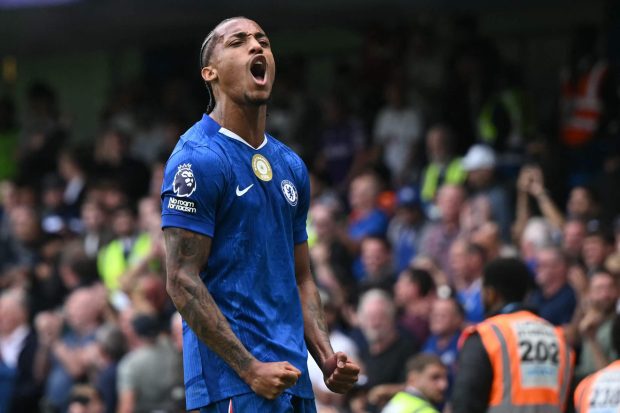
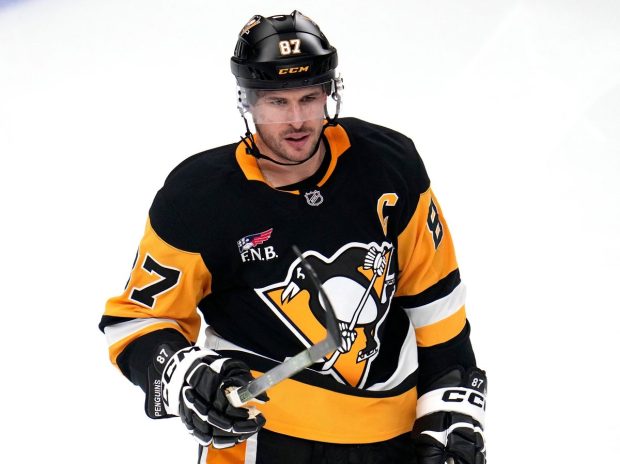
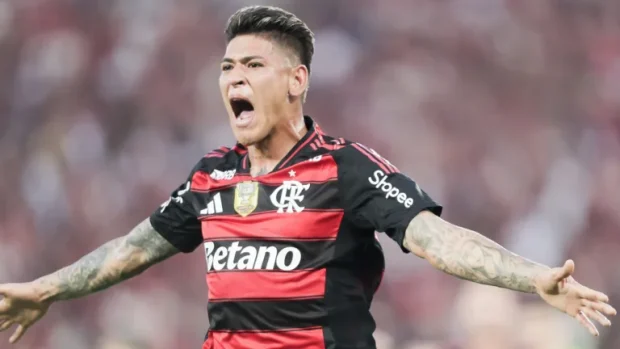
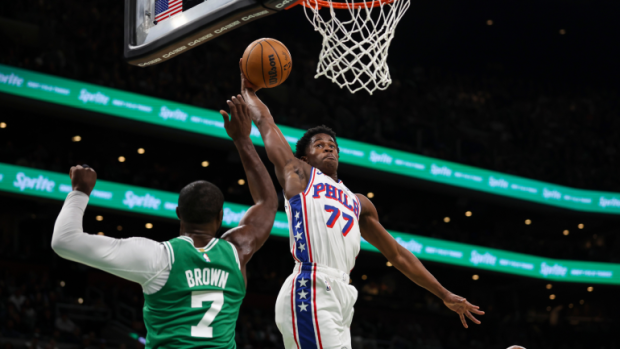
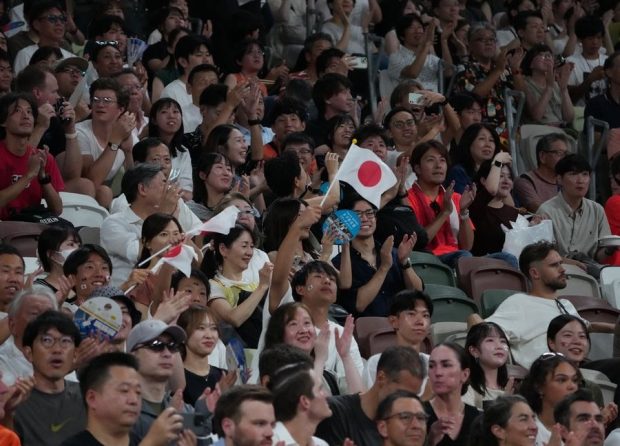
Be the first to leave a comment